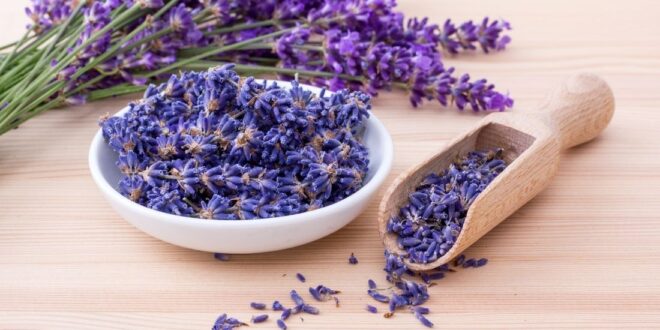Meet the Lavender Plant
Lavender (Lavandula) is a cherished plant known for its intensely fragrant purple flowers and silvery-green, aromatic foliage. Native to the Mediterranean region, this hardy perennial is a favorite in gardens and can also be grown indoors with the right conditions. Its calming scent, beautiful blooms, and versatility in culinary and crafting applications make it a treasured addition to any plant enthusiast’s collection.
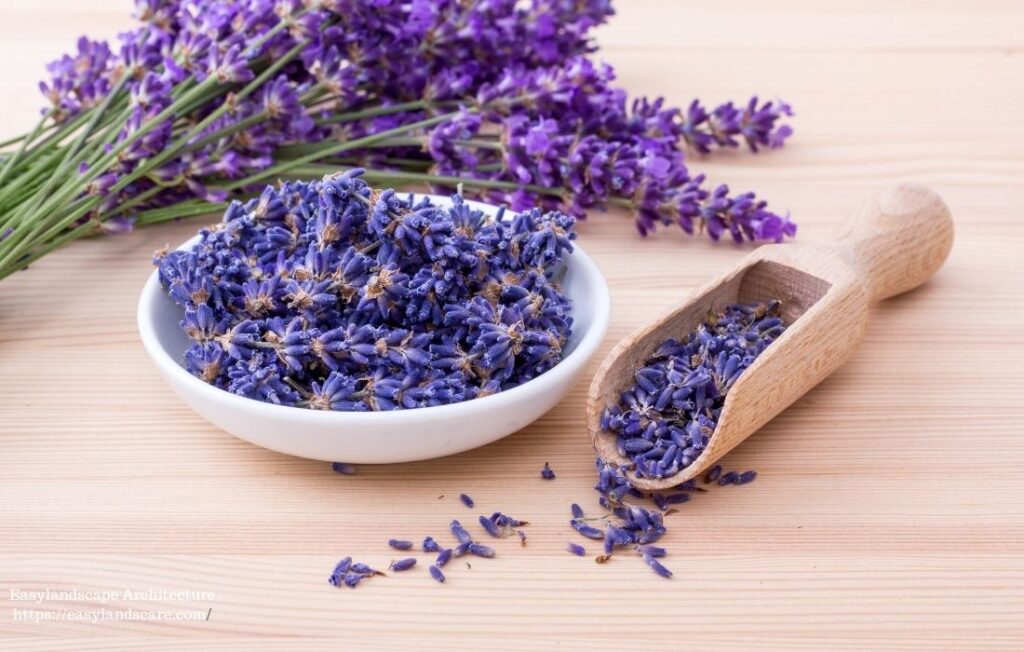
This guide provides a comprehensive overview of lavender plant care, covering essential aspects such as light, watering, soil, pruning, and how to maximize its fragrant beauty.
Why Choose a Lavender Plant?
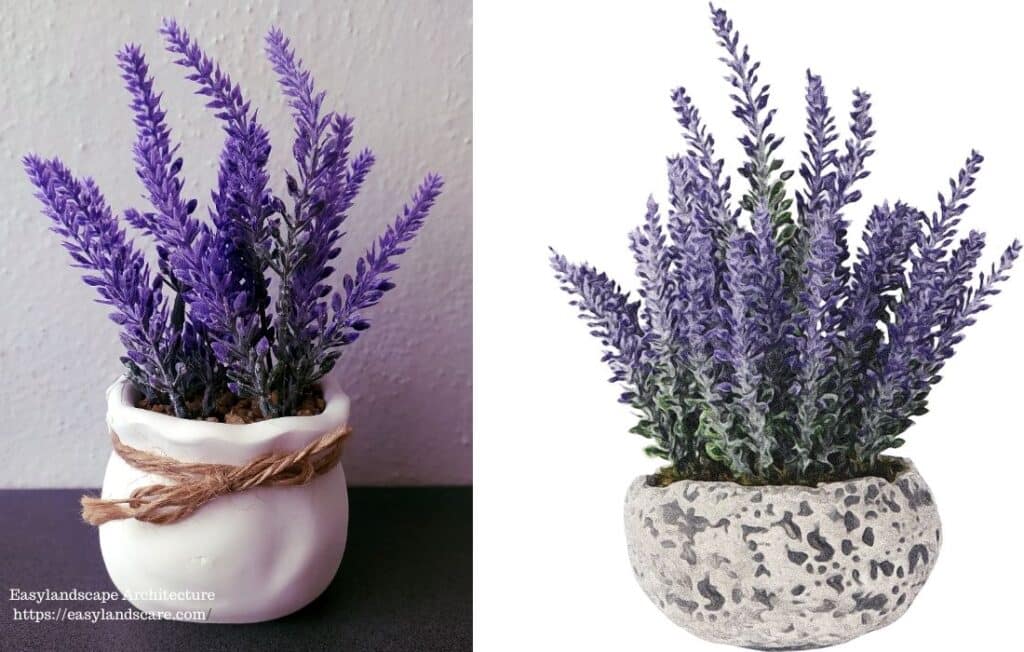
Choosing a lavender plant offers a sensory delight with its captivating fragrance and stunning violet-blue flowers that attract pollinators like bees and butterflies. Its drought tolerance once established makes it a water-wise choice for many gardens. Beyond its beauty, lavender has numerous uses, from aromatherapy and culinary flavoring to crafting and potpourri. Growing lavender allows you to enjoy its many benefits firsthand.
Essential Tips for Lavender Plant Care
Light Requirements
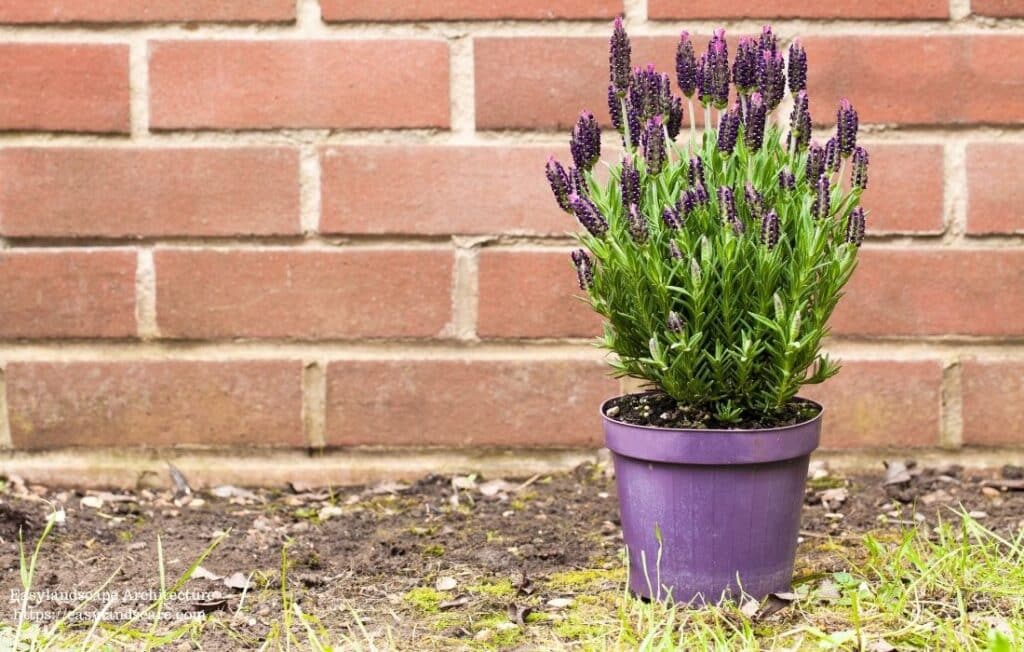
Light is crucial for successful lavender plant care:
- Full Sun is Essential: Lavender thrives and blooms best in full sun. Aim for at least 6-8 hours of direct sunlight per day. Insufficient light will result in leggy growth, fewer flowers, and less intense fragrance.
- Outdoor Placement: Choose the sunniest spot in your garden for planting lavender.
- Indoor Growing is Challenging: Growing lavender indoors can be difficult due to the high light requirements. If attempting indoors, place it in a south-facing window where it receives the most direct sunlight. Supplemental grow lights are often necessary for successful indoor blooming.
Watering and Moisture
Watering is a key component of lavender plant care:
- Well-Draining Soil is Crucial: Lavender is highly susceptible to root rot and prefers well-draining soil. Avoid heavy clay soils that retain moisture.
- Water Sparingly Once Established: Once established (after the first year or so), lavender is quite drought-tolerant and prefers infrequent watering. Allow the soil to dry out completely between waterings.
- Water Newly Planted Lavender Regularly: Newly planted lavender needs more consistent watering to establish its root system. Water when the top inch of soil feels dry.
Avoid overwatering, as soggy soil will quickly lead to root rot. Water at the base of the plant to keep the foliage dry, which helps prevent fungal diseases.
Soil Requirements
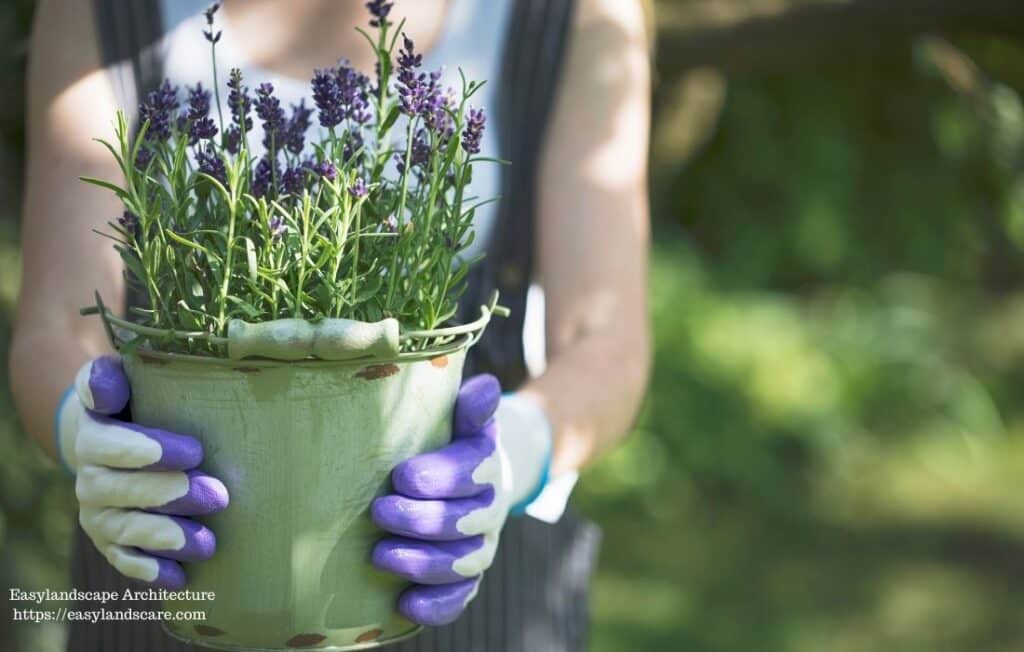
For optimal lavender plant care, soil quality matters:
- Poor to Moderately Fertile Soil: Lavender thrives in poor to moderately fertile, well-draining soil. Avoid rich, overly amended soils, which can lead to excessive foliage growth at the expense of flowers and fragrance.
- Alkaline to Slightly Alkaline pH: Lavender prefers a slightly alkaline to neutral soil pH (around 6.5-7.5). If your soil is acidic, you can amend it with lime.
Excellent drainage is non-negotiable. Incorporate sand or gravel into heavy soils to improve drainage. Raised beds or containers are excellent options for lavender, as they naturally provide better drainage.
Temperature Preferences
Temperature plays a vital role in lavender plant care:
- Hardy Perennial: Lavender is generally a hardy perennial in USDA zones 5-9, depending on the species and cultivar.
- Tolerates Heat and Cold (with limitations): Once established, it can tolerate hot, dry summers and cool winters. However, extreme cold combined with wet soil can be detrimental.
Indoors, average room temperatures are suitable, but ensure good air circulation.
Humidity Preferences
Humidity levels affect lavender plant care:
- Prefers Low Humidity: Lavender thrives in dry, Mediterranean climates with low humidity. High humidity can lead to fungal diseases.
- Provide Good Air Circulation: Whether grown indoors or outdoors, ensure good air circulation around the plants to help them dry out and prevent moisture buildup on the foliage. Space plants adequately when planting.
Pruning
Pruning is essential for maintaining lavender plant care:
- Essential for Bushy Growth and More Flowers: Regular pruning is crucial for maintaining a compact shape, encouraging more blooms, and preventing the plant from becoming woody and leggy.
- First Year Pruning: In the first year after planting, lightly prune the tips of the stems a couple of times during the growing season to encourage branching.
Annual pruning after flowering is ideal. Cut back the spent flower stalks and trim about one-third of the plant’s growth, being careful not to cut into the old, woody stems (especially for English Lavender). A light pruning in early spring to remove any dead or damaged growth can also be beneficial. Avoid heavy pruning into old wood, as lavender doesn’t typically regrow well from very old, woody stems. Consistent, moderate pruning is key.
Fertilizing
Fertilizing is generally not necessary in lavender plant care:
- Generally Not Necessary: Lavender typically doesn’t require regular fertilization, especially when grown in poor to moderately fertile soil. Over-fertilizing can lead to excessive foliage growth and fewer flowers.
Occasional light feeding, if needed, can be done with a balanced, slow-release organic fertilizer in the spring. Avoid high-nitrogen fertilizers.
Propagating Lavender
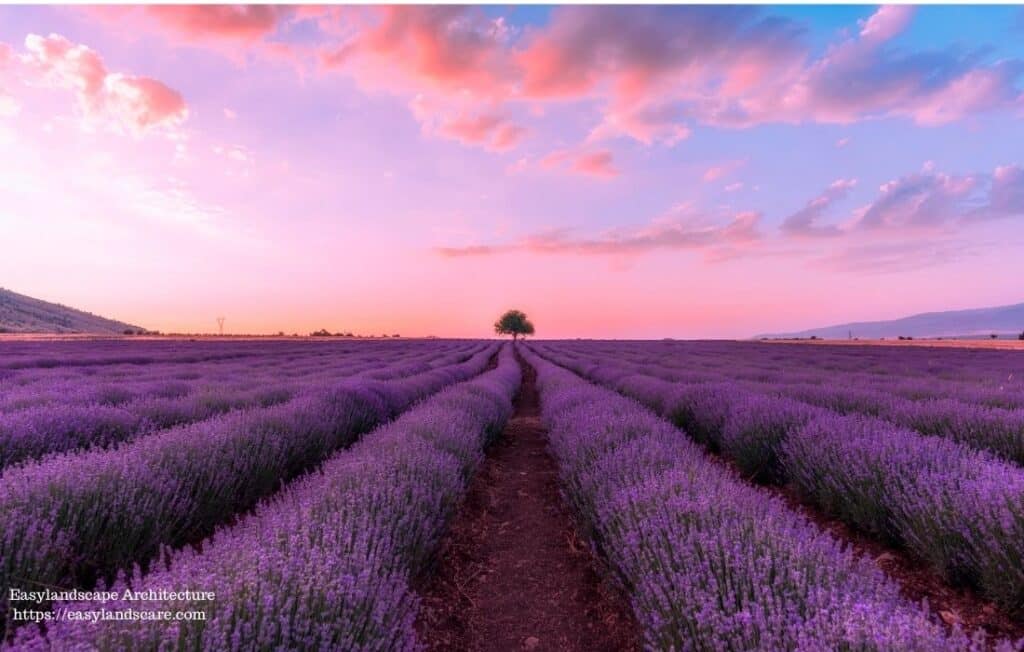
Lavender can be propagated through several methods:
- Stem Cuttings: Take semi-hardwood cuttings (new growth that has started to mature) in late spring or early summer. Remove the lower leaves, dip the cut end in rooting hormone, and plant in well-draining potting mix. Keep moist and in a sheltered location until roots develop.
- Layering: Bend a low-growing stem down to the ground and bury a section of it, leaving the tip exposed. Once roots develop, the new plant can be severed from the parent.
- Seeds (Can be Slow and Variable): Lavender can be grown from seed, but germination can be slow and some cultivars may not come true to seed.
Common Issues and Troubleshooting in Lavender Plant Care
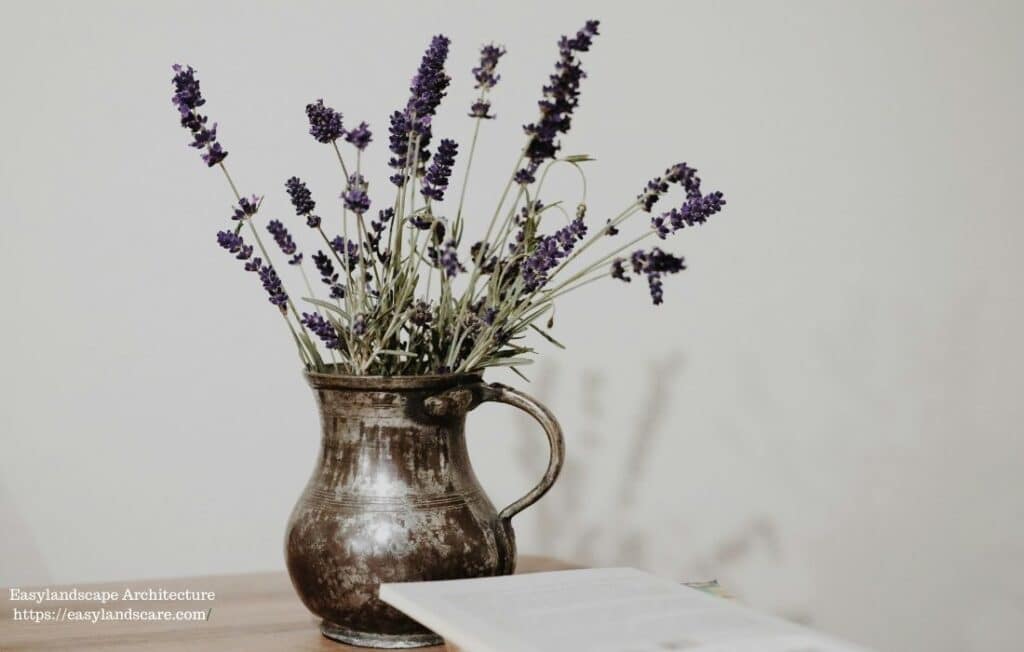
Understanding common issues enhances lavender plant care:
- Lack of Flowers: Insufficient sunlight, over-fertilizing (leading to excessive foliage), or improper pruning.
- Leggy Growth: Insufficient sunlight or lack of pruning.
- Root Rot: Overwatering or poorly draining soil. Ensure well-draining soil and water sparingly.
- Fungal Diseases (e.g., Root Rot, Leaf Spot): High humidity, poor air circulation, or overwatering. Provide good airflow and avoid overhead watering.
- Yellowing Leaves: Overwatering, poor drainage, or potentially a nutrient deficiency (though less common).
Tips for Successful Lavender Plant Care
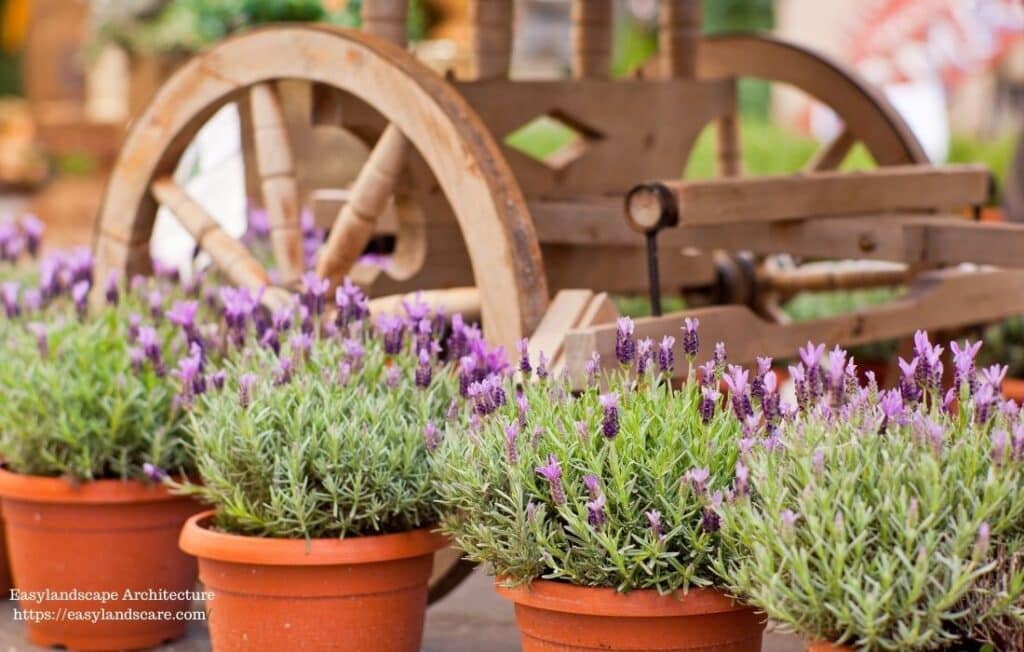
To ensure successful lavender plant care, remember to:
- Provide at least 6-8 hours of direct sunlight daily.
- Plant in well-draining, poor to moderately fertile, slightly alkaline soil.
- Water sparingly once established, allowing the soil to dry out completely between waterings.
- Prune annually after flowering to maintain shape and encourage more blooms.
- Ensure good air circulation, especially in humid climates.
- Avoid over-fertilizing.
With its captivating fragrance and beautiful blooms, lavender is a rewarding plant to grow. By understanding its preference for sunshine, well-drained soil, and infrequent watering, you can cultivate a thriving and fragrant display in your garden or even a sunny windowsill. Embrace its Mediterranean roots and enjoy the timeless beauty of this cherished herb.
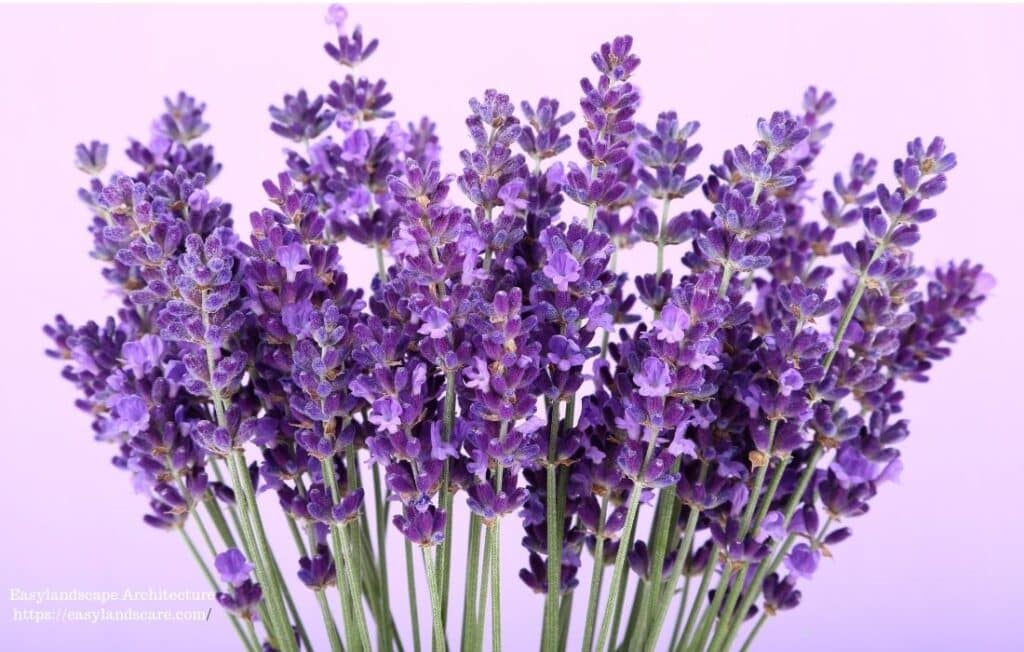
By following these comprehensive lavender plant care tips, you’ll be well-equipped to nurture these aromatic plants and enjoy their beauty for years to come.

